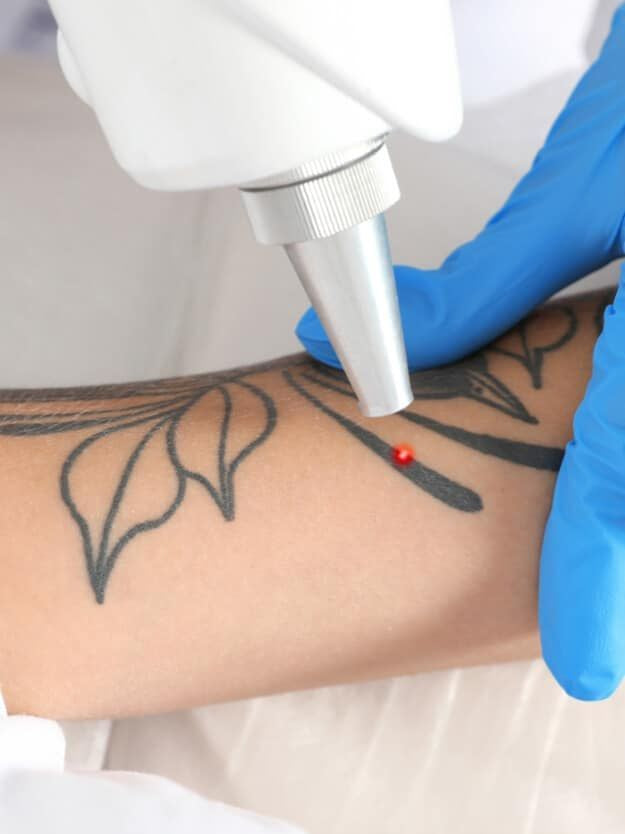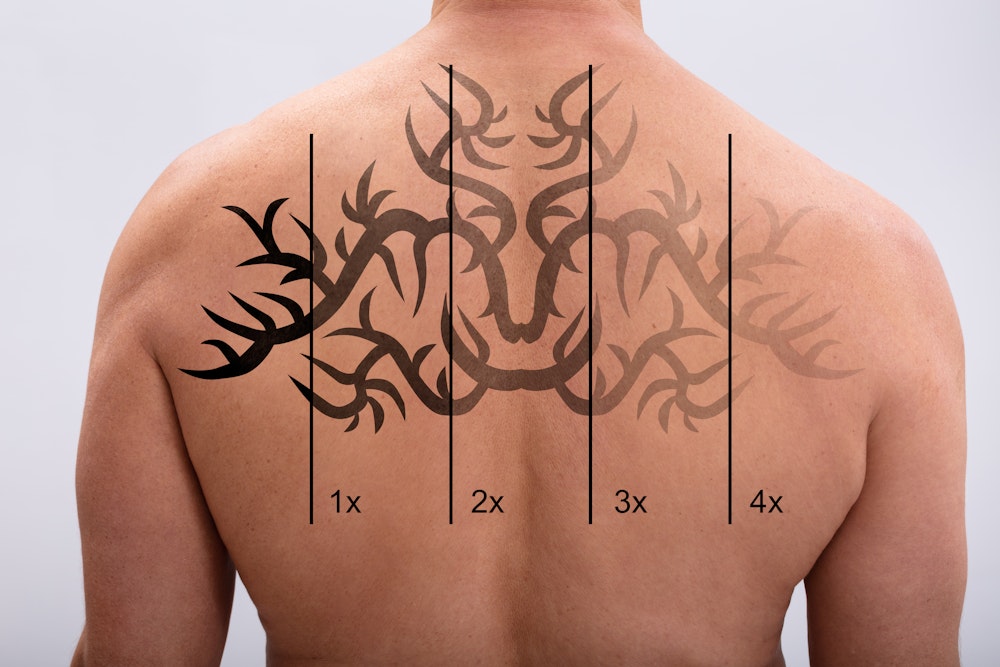Can Laser Tattoo Removal Be Done on All Tattoos

Laser tattoo removal is one of the most popular methods for erasing or fading unwanted tattoos. With advances in laser technology, many people have successfully removed tattoos that no longer align with their lifestyle or preferences. However, not all tattoos respond equally well to laser treatment. While Laser Tattoo Removal in Dubai can be highly effective, there are certain factors that determine whether or not a tattoo can be fully or successfully removed. This article will explore whether laser tattoo removal can be done on all tattoos, including the factors that influence its effectiveness.
Factors That Affect Laser Tattoo Removal Success:
Several factors affect how well a tattoo responds to laser removal, including the tattoo's size, ink color, placement, and age. The complexity of the tattoo is one of the primary considerations. Tattoos with darker inks, like black and blue, typically respond better to laser treatment because these colors absorb the laser light more efficiently. Tattoos with lighter pigments, such as yellow, green, and fluorescent shades, are often more difficult to remove, requiring additional sessions and specialized lasers. Tattoos that are older tend to fade more easily than newer tattoos since the ink has already begun to break down. The location of the tattoo also plays a role; tattoos on areas with thicker skin, like the back or legs, may require more sessions for complete removal.
Different Ink Colors and Their Removal Challenges:
One of the most significant challenges in laser tattoo removal is the variety of ink colors used in tattoos. Dark colors such as black and blue are generally easier to remove because they absorb the wavelengths of light emitted by the laser most effectively. However, lighter shades, such as green, yellow, and red, can be more resistant to the laser's energy. While modern lasers are capable of targeting a wider range of ink colors, some pigments, particularly those in the yellow and green spectrum, may not fade as easily. In some cases, clients with tattoos featuring these colors may need additional sessions or more specialized lasers to achieve satisfactory results.
Tattoos on Different Skin Types:
Laser tattoo removal works by targeting ink in the skin with light energy, which the body then breaks down and absorbs. However, the effectiveness of the treatment can vary depending on skin type. Darker skin tones may pose a challenge during the laser removal process, as the laser can have difficulty distinguishing between the ink and melanin in the skin. This can increase the risk of hyperpigmentation (darkening of the skin) or hypopigmentation (lightening of the skin) after treatment. Advanced laser technology, such as the Q-switched laser, has improved the ability to safely treat darker skin types, but it’s important for individuals with darker skin tones to work with a trained professional who is experienced in laser treatments tailored for their skin.
Tattoo Location and Size:
The location and size of the tattoo also impact how effectively it can be treated. Smaller tattoos, or those located on areas with thinner skin, tend to respond more quickly to laser treatment. Tattoos on areas such as the arms, legs, or back may take longer to treat due to their larger surface area and thicker skin. Larger tattoos may require several sessions, often spanning months or even years, to completely fade or be removed. Moreover, tattoos in areas with more movement, like the joints, can be more difficult to treat because the skin stretches and changes over time, which can affect the laser's ability to target the ink.
When Laser Tattoo Removal Might Not Be Effective:
While laser tattoo removal is effective for most tattoos, there are situations where the treatment may not be as successful. Tattoos with certain ink formulations may not respond well to laser treatment, particularly if the ink is made with pigments that are resistant to the laser's wavelengths. Additionally, tattoos applied with older techniques or with more intense pigment depth might take longer or be more difficult to remove. In some rare cases, the body may not be able to fully break down certain inks, especially if the tattoo is deeply embedded in the skin. It's also important to note that some tattoos may leave behind faint scarring or permanent discoloration even after multiple treatments.
Conclusion: The Limits of Laser Tattoo Removal
While laser tattoo removal is a versatile and effective solution for many people, it’s not guaranteed that all tattoos can be completely removed. Factors such as ink color, tattoo size, location, skin type, and the age of the tattoo all play a role in determining how well a tattoo responds to laser treatment. For tattoos with difficult-to-remove pigments or those on darker skin, more advanced technology or additional sessions may be required to achieve the best results. Before committing to laser tattoo removal, it’s important to consult with a professional who can assess your specific tattoo and skin type to provide realistic expectations. With the right approach and technology, most tattoos can be significantly faded or removed entirely, but some may require extra time or specialized care to achieve the desired result.
Note: IndiBlogHub features both user-submitted and editorial content. We do not verify third-party contributions. Read our Disclaimer and Privacy Policyfor details.







